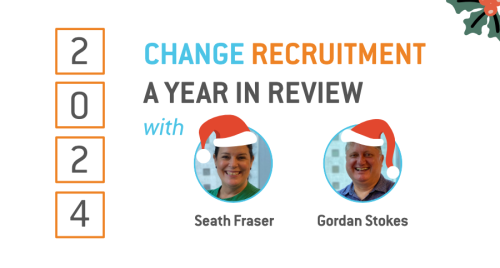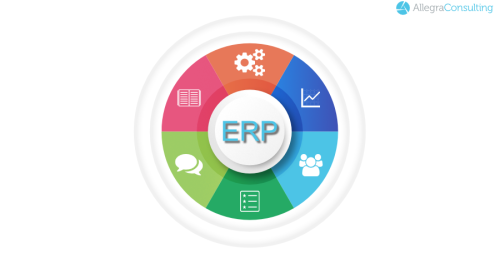
Vic Health defines mental wellbeing as “a dynamic state in which people are able to develop their potential, work productively and creatively, build positive and respectful relationships with others, and meaningfully contribute to the community” (VicHealth). There are many organisations, foundations, government and community groups working to provide support for mental wellbeing in our home, communities and workplaces. Much of their work is done before the onset of mental illness, which is estimated to cost the Australian economy billions of dollars every year. Those costs amount from loss of productivity, absenteeism, and various other intervention costs. And of course, the social costs are high – decreased quality of life for the sufferer, relationship breakdowns, inability to work, and so on. There is evidence suggesting that focusing on prevention and early intervention can reduce the need for more complex and costly interventions.
What can we do individually and in our workplaces to focus on prevention and early intervention?
What you can do as an individual to improve and maintain your mental wellbeing…
It is your choice! Make the choice to improve your health, both physical health and mental health
Make self-care your top priority. Devise a self-care plan by making a list of those things and activities that make you feel restored, rejuvenated and joyful. For example, drinking a cup of tea, taking a nap, meditating, reading a book, hiking, swimming, calling a friend, listening to a podcast, sleep, exercise, gardening, cooking, and so on.
Practise mindfulness. This is really about practising being truly in the present moment by not worrying about what happened yesterday or what you have to do tomorrow and tuning in to how you feel in that moment.
Just breathe. Practising breathing exercises helps bring you back to the present moment and slow down. Try inhaling to the count of four, holding the breath for a count of four, exhale for the count of four, and then resting for the count of four. Repeat until you feel centred and calm.
Nourish your body. Be mindful of what you put into your body, eat well, exercise regularly and take time to rest.
Cultivate positive thoughts. Pay attention to your thoughts and where they take you.
What organisations can do to focus on the mental wellbeing of their employees…
Many organisations have implemented health and wellbeing programs to support their employees and participate in many of the government and community led initiatives. You may have participated in some of these yourself, with friends or your team at work.
febfast – The challenge is to give up sugar, alcohol or something of your choice during February in support of disadvantaged young people, who more often than not require support with mental health and wellbeing.
R U Ok? Day – is a national day dedicated to reminding everyone that any day is the day to ask, “Are you ok?” and support those struggling.
Mental Health Month October – the premise of this initiative is to raise awareness and encourage us all to think about our mental health and wellbeing.
Movember – a foundation with the vision to “have an everlasting impact on the face of men’s health” – both physical and mental health. The challenge involves growing a moustache for the month of November or get moving by clocking up 60+kilometres all in the effort to raise funds.
In addition to participating in the above great initiative’s organisations can promote health and wellbeing by:
- Providing flexible work arrangements
- Running education programs about mental health and wellbeing
- Promoting healthy lifestyles
- Live the motto: Work smarter, not harder.
- Encourage employees to take regular leave to rest, relax and rejuvenate
Remember, improving and maintaining mental health and wellbeing is a shared responsibility.
Where to go if you need more help…
- Talk to trusted friends and family
- Make an appointment to see your GP as they can work through a mental health plan with you.
- Reach out to organisations, such as, LifeLine, Beyond Blue and Reach.
And remember there is always help available.
This article intends to raise awareness and in no way should replace the advice of health caregivers and medical practitioners.
References
Vic Health: https://www.vichealth.vic.gov.au/our-work/improving-mental-wellbeing
Economics of Mental Health in Australia







